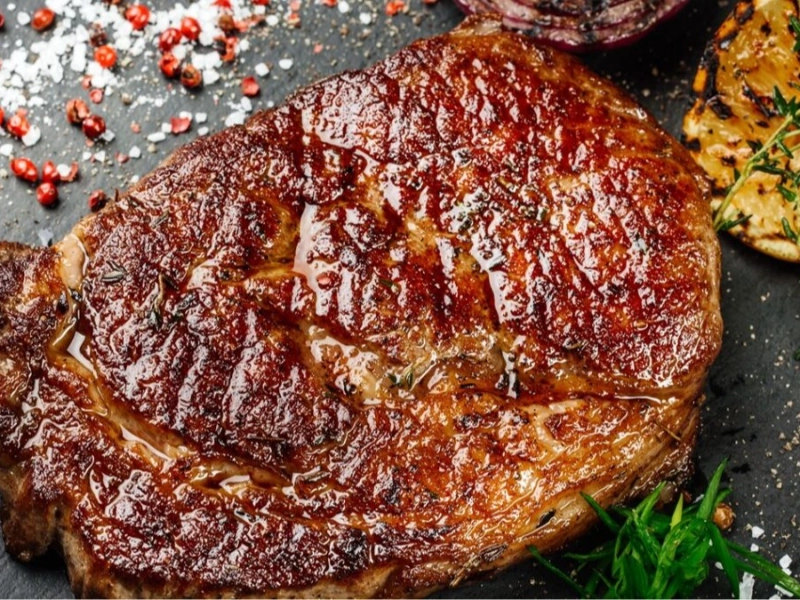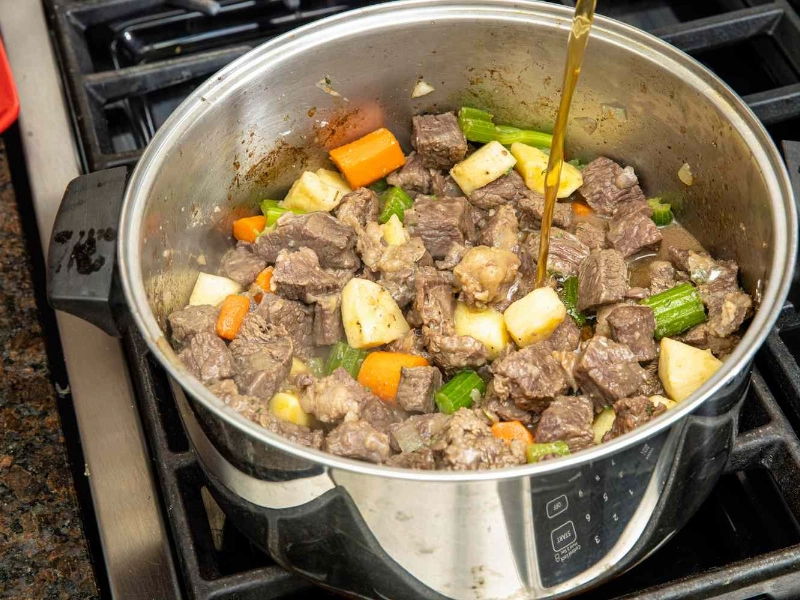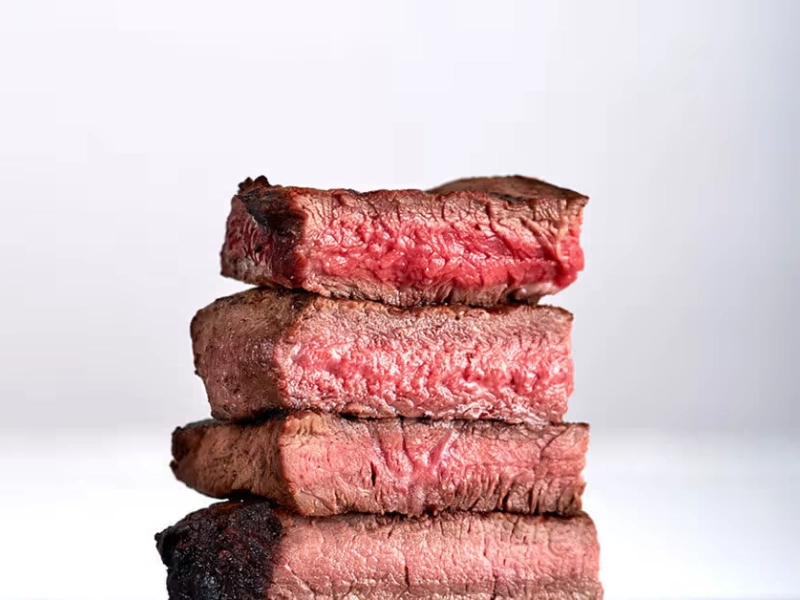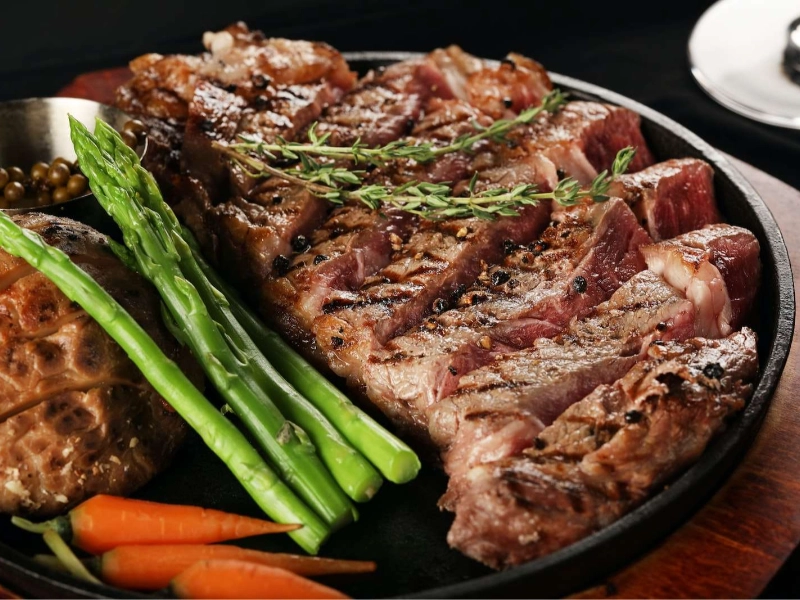
Nutrient-dense and with many health advantages is lean meat. Complete protein is abundant in this source and is very vital for general body operations, muscle development, and healing. Lean beef also has significant minerals and vitamins, including iron, which is essential for the body's oxygen transportation, and vitamin B12, which supports neurological function and the red blood cell creation. Lean beef helps people control their fat intake while also providing these nutritional advantages when included into a balanced diet.
Finding lean beef requires knowing which cuts are regarded as low-fat choices. Among the most often consumed thin cuts are sirloin, tenderloin, eye of round, and flank steak. Usually having less marbling, these slices reflect reduced fat content. If indicated as 90% lean or above, ground beef can also be a lean choice. Learning these cuts will help one choose better choices from the grocery shop or butcher.
 Lean beef's general healthiness can be much influenced by cooking technique. Choosing grilling, broiling, roasting, or steaming—cooking techniques requiring little to no extra fat—helps to keep the calorie count low. Lean slices marinated might improve taste without adding too many calories. Further lowering the fat level is cutting visible fat before cooking. These cooking methods let consumers follow their health-conscious objectives while also savouring the delicious taste of beef.
Lean beef's general healthiness can be much influenced by cooking technique. Choosing grilling, broiling, roasting, or steaming—cooking techniques requiring little to no extra fat—helps to keep the calorie count low. Lean slices marinated might improve taste without adding too many calories. Further lowering the fat level is cutting visible fat before cooking. These cooking methods let consumers follow their health-conscious objectives while also savouring the delicious taste of beef.
Using a range of herbs and spices might help to improve lean beef's taste without adding more fat. Without sacrificing health, seasons including garlic, rosemary, thyme, and black pepper can improve taste. Taste profiles can also get complexity from marinades created from low-sodium soy sauce, vinegar, citrus juices, or vinegar. Trying several combinations will make lean beef a great and interesting accompaniment for any dinner.
One flexible component in many recipes is lean beef. Easy to include into daily meals, it may be found in stir-fries, salads, tacos, and stews. Lean meat combined with lots of veggies and nutritious grains makes a balanced meal that fills you and supplies vital nutrients. Meal planning using lean beef can also help to guarantee that there are always plenty of healthful options available all week.
 Lean beef can be a useful addition to a weight-loss or maintenance program for persons trying to control their weight. Lean beef's high protein content encourages satiety, therefore enabling people to feel fuller for longer. This lessens the possibility of overindulging in food and munching on poor choices. Lean beef can help to efficiently support weight control objectives when combined with a balanced diet and consistent physical exercise.
Lean beef can be a useful addition to a weight-loss or maintenance program for persons trying to control their weight. Lean beef's high protein content encourages satiety, therefore enabling people to feel fuller for longer. This lessens the possibility of overindulging in food and munching on poor choices. Lean beef can help to efficiently support weight control objectives when combined with a balanced diet and consistent physical exercise.
Although lean meat is a good choice, portion proportions are quite important. Cooked lean beef usually comes in a standard serving size of three to four ounces, about the size of a deck of cards. While still gaining the advantages of this protein source, controlling portion sizes helps control calorie consumption. Combining lean beef with lots of veggies can also provide a filling dinner free from too many calories.
A balanced diet can benefit much from lean beef, which offers vital elements supporting general health. Together with fruits, vegetables, whole grains, and good fats, it can be integrated into a diversified diet. Consumers can enjoy lean beef and keep a good lifestyle by stressing moderation and wise decisions.
 For those who are health-conscious, lean beef is a great source of protein since it has a variety of nutritious value but less fat. Lean beef's rich taste can be enjoyed without sacrificing dietary goals by choosing suitable cuts, using sensible cooking techniques, and including lean beef into well balanced meals. Knowing the worth of lean beef will enable consumers to choose better foods that complement their general health and improve their dining experiences.
For those who are health-conscious, lean beef is a great source of protein since it has a variety of nutritious value but less fat. Lean beef's rich taste can be enjoyed without sacrificing dietary goals by choosing suitable cuts, using sensible cooking techniques, and including lean beef into well balanced meals. Knowing the worth of lean beef will enable consumers to choose better foods that complement their general health and improve their dining experiences.